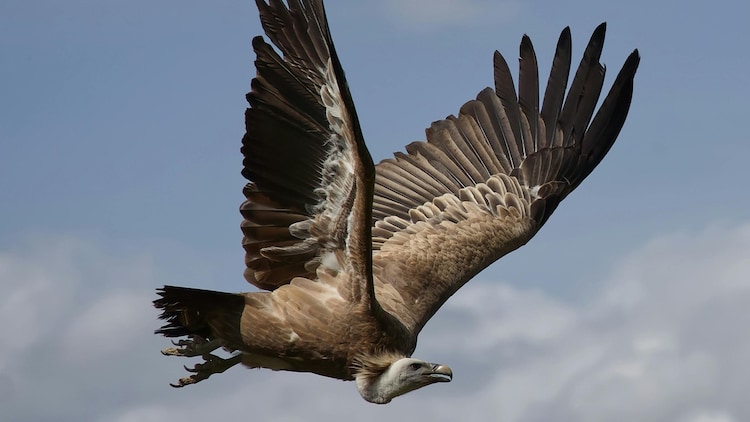New Study Reveals Devastating Public Health Impact Following Vulture Collapse
A startling new study has revealed that the near-extinction of vultures in India may have led to a significant increase in human deaths. Conducted by economists Eyal G. Frank and Anant Sudarshan, the research suggests that the collapse of vulture populations, which declined by up to 99.9% for some species in the mid-1990s, has had profound consequences on public health.
The decline was primarily caused by the widespread use of diclofenac, a veterinary painkiller toxic to vultures when ingested through livestock carcasses. The Indian vulture (Gyps indicus), known for its crucial role in the ecosystem by feeding on dead animals, faced a dramatic population drop due to this toxic exposure.
The study compared districts with high and low vulture suitability before and after the introduction of veterinary diclofenac in 1994. The findings are alarming: all-cause human death rates increased by more than 4% in vulture-suitable districts following the birds’ near-extinction.
Vultures, once numbering over fifty million across India, played a key role in disposing of livestock carcasses. Their disappearance led to a sanitation crisis, with rotting carcasses left unattended, potentially spreading diseases and contaminating water sources. Additionally, the researchers found evidence of increased feral dog populations and higher incidences of rabies in affected areas. The surge in dog numbers, due to the abundance of carrion previously consumed by vultures, resulted in more human-dog interactions and rabies transmission.
This research highlights the often-overlooked importance of vultures in maintaining public health. As efficient scavengers feeding exclusively on carrion, these birds provided a vital sanitation service in a country with over 500 million livestock.
The findings underscore the interconnectedness of ecosystems and human well-being, pointing to the unforeseen consequences of biodiversity loss and the urgent need for conservation efforts. By quantifying the human cost of species loss, the study provides a compelling argument for protecting seemingly less charismatic species that play critical roles in ecosystem functioning.

